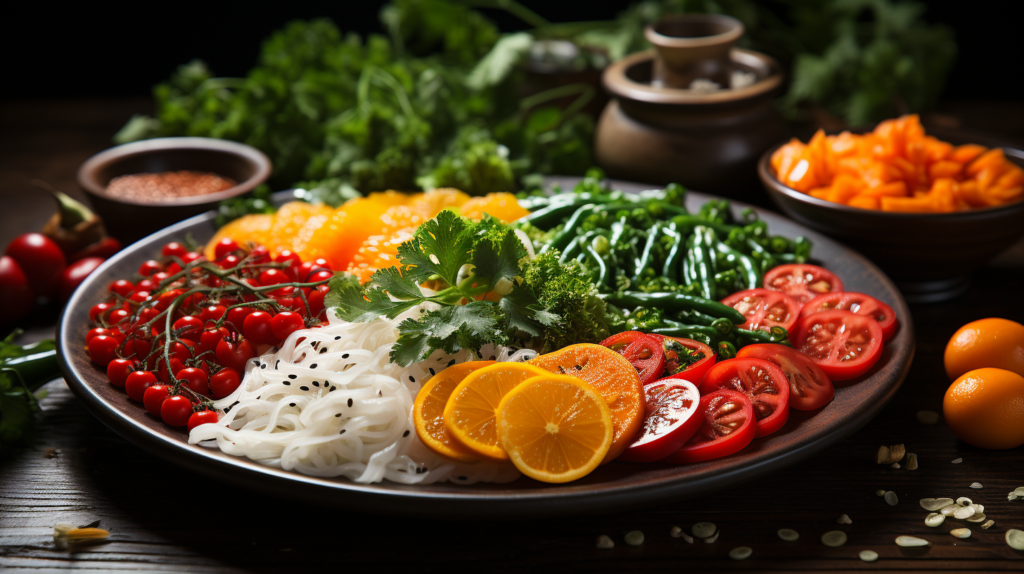
Contact Us through info@lovekonjac.com

In modern diets, fiber is often overlooked, but it is actually an essential nutrient for our bodies. Fiber not only helps maintain a healthy digestive system but also plays a crucial role in controlling weight, stabilizing blood sugar levels, and lowering cholesterol. Although the recommended daily intake of fiber for adults is around 25 to 38 grams, many people struggle to meet this goal. Understanding how to effectively increase your fiber intake can enhance the quality of your diet and provide significant health benefits.
Fiber is a type of carbohydrate that your body can’t digest. Unlike other carbs, fiber isn’t broken down into sugar molecules. Instead, it passes through the digestive tract relatively intact, which helps keep your digestive system healthy. Here’s why fiber is so important:
Digestive Health: Fiber helps prevent constipation by adding bulk to your stool and making it easier to pass.
Weight Management: High-fiber foods are often more filling, which can help you feel satisfied and reduce overall calorie intake.
Blood Sugar Control: Fiber can slow the absorption of sugar, helping to prevent spikes in blood sugar levels, which is especially beneficial for individuals with diabetes.
Heart Health: A high-fiber diet has been linked to lower cholesterol levels, which can reduce the risk of heart disease.

Adding more fiber to your diet doesn’t have to be complicated. Here are some simple tips to help you increase your fiber intake:
Start with Breakfast: Choose whole grain cereals or oatmeal. Add fresh fruit or a sprinkle of seeds for an extra fiber boost.
Snack Smart: Opt for fruits, nuts, or whole grain crackers instead of processed snacks.
Add Beans to Meals: Incorporate beans or lentils into soups, salads, or casseroles.
Choose Whole Grains: Switch to whole grain bread, pasta, and rice.
Include Vegetables: Aim to fill half your plate with vegetables at each meal·

In addition to the commonly known high-fiber like vegetables, fruits, whole grains, legumes, nuts, and seeds, there are many other fiber sources foods you can include in your diet. Here are some additional options:
1.Seaweed
Nori and Kelp: Seaweed is a great source of fiber and also provides minerals and trace elements.
2.Specialty Fiber Foods
Konjac (Glucomannan): Konjac is high in soluble fiber and is often processed into konjac noodles (shirataki noodles) or konjac rice, making it suitable for low-calorie or low-carb diets.
3.Edible Seeds
Pumpkin Seeds and Sunflower Seeds: These seeds are good sources of fiber and can be used as snacks or salad toppings.

Incorporating more fiber into your diet is essential for overall health and well-being. By making small changes, like choosing whole grains, adding vegetables, and including fiber-rich foods like konjac, you can easily meet your daily fiber needs. Not only will this improve your digestive health, but it can also help with weight management, blood sugar control, and heart health. Start today by gradually increasing your fiber intake and enjoy the long-term benefits of a healthier diet.